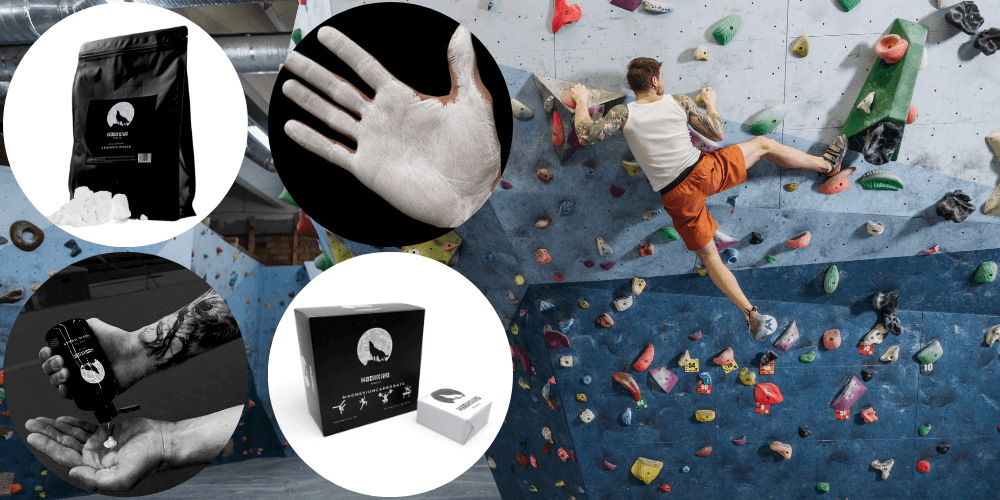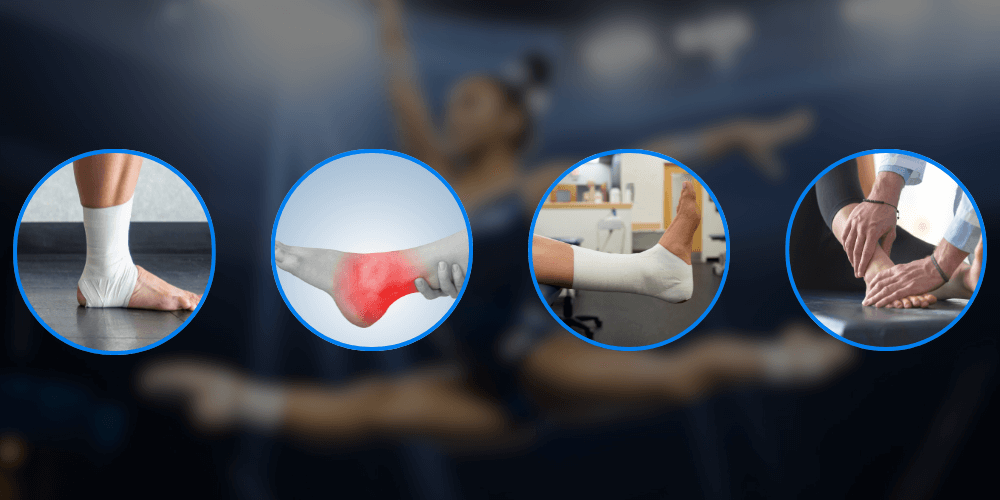The uneven bars: technique, evaluation and requirements
The uneven bars are one of the most fascinating pieces of equipment in women's artistic gymnastics. It's where athleticism, elegance, and aerial artistry converge. Gymnasts glide from bar to bar with apparent ease, combining twists, turns, and aerial elements into a harmonious routine that demands both technical skill and courage. In this article, you'll learn how the uneven bars are constructed, what requirements a modern routine must meet, and what judges pay particular attention to.
Structure of the device
The uneven bars consist of two parallel bars: a lower bar at a height of approximately 170 cm and a higher bar at approximately 250 cm, measured from the floor, including the mats. The distance between the bars can be individually adjusted to the gymnast's body size; it is usually between 130 and 180 cm. Both bars are made of a combination of wood and fiberglass to ensure grip and flexibility.
Aim of the exercise
A floor-to-floor uneven bars routine is dynamic and energetic throughout. The gymnasts perform turns, giant cartwheels, swings, and aerial phases, alternating between the upper and lower bars and using various grips. The entire movement pattern should flow seamlessly—each swing flows seamlessly into the next. The goal is to combine technical difficulty with control and expression.
Structure and evaluation of an uneven bars exercise
difficulty
A full exercise consists of eight assessed elements. These must come from different element groups to be considered balanced. These include:
-
Flight movements from the upper to the lower spar
-
Flight movements from the lower to the upper spar or on the same spar
-
Rotations around the longitudinal axis (at least 180 degrees)
-
A gymnastically demanding dismount (e.g. double somersault, twisting)
The whole thing is complemented by connection bonuses: gymnasts who combine difficult elements directly receive additional points for the risk and flow of the movement.
In addition, there are mandatory components that must be included in every exercise. These include:
-
A change between upper and lower beam
-
Two different flight phases
-
A longitudinal axis rotation
-
A descent of at least medium difficulty
Execution
The execution will be assessed by the E-competition panel. Among other things, the following will be assessed:
-
Posture: stretched legs, tense feet, extended body lines
-
Rhythm: continuous flow of movement without stops or pauses
-
Technique: secure grips, precise bar changes, clean flight phases
-
Expression: control, matter-of-factness, presence
Any uncertainty, any pause, or any visible display of force can result in deductions. Even minor technical errors like a slightly bent knee or a loose back are recorded.
Elements of a modern exercise
A typical high-level uneven bars routine includes a combination of giant wheels, turns, flying elements, and a dynamic dismount. Particularly popular are, for example:
-
Giant rims in various grip types (e.g. elbow grip, comb grip, instep grip)
-
Flying parts such as Tkachev, Jaegersalto, Pak Salto or Shaposhnikova
-
Slewing rings such as Stalder 1/1, Maloney, Van Leeuwen
-
Dismounts with somersaults, often with twists (e.g. double somersault)
Not only the individual element is important, but also the way it is embedded in the exercise. A combination of difficulty and elegance is what ultimately counts.
Common mistakes
Even small errors can significantly impact the rating. These include:
-
Unclean flight phases with insufficient aspect ratio
-
Visible breaks or "hanging out" on the bar
-
Missed connections leading to loss of bonus points
-
Uncontrolled or unstable landing during takeoff
What a good uneven bars gymnast needs
Gymnasts who want to be successful on this apparatus need:
-
Strong core stability and grip strength
-
Mobility in the shoulder and hip
-
High technical understanding of rotation axes and handle changes
-
Mental strength and courage to safely perform dynamic flight elements
-
A good sense of rhythm for an exercise without stagnation
Conclusion
The uneven bars are a prime example of technical complexity and physical mastery. Those who excel here demonstrate not only courage and athleticism, but also a sense of movement and timing. A good uneven bars routine is not just a sequence of elements, but a flowing choreography on the apparatus. It is demanding, impressive, and unmistakably a hallmark of modern gymnastics.









